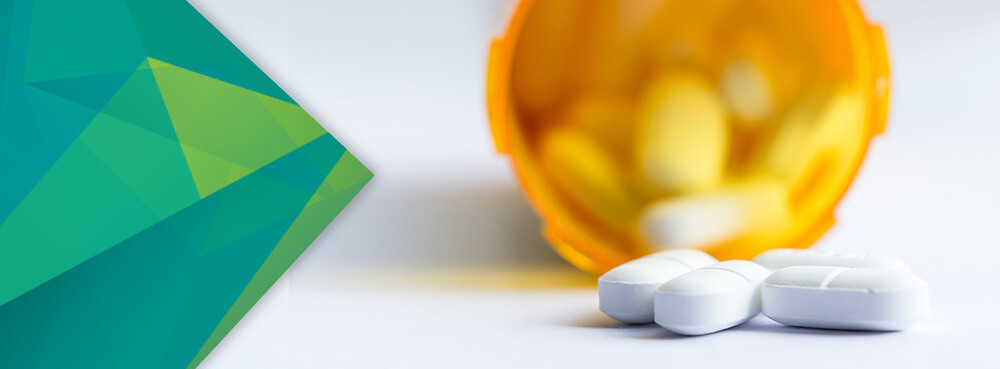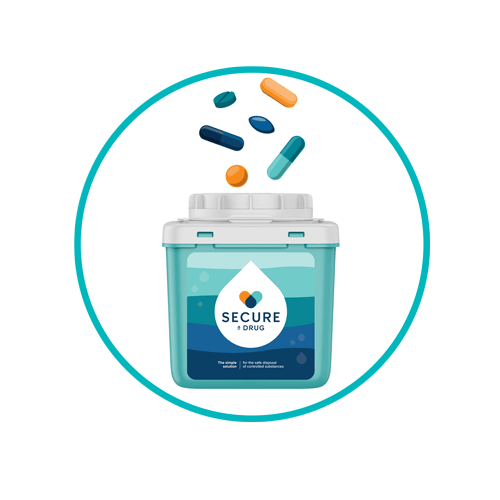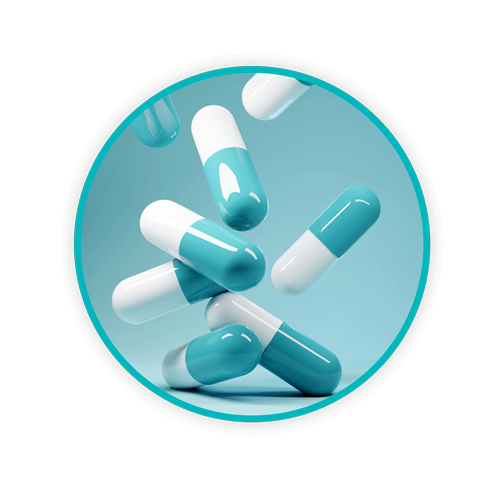How To Safely Dispose of Controlled Substances

Safely disposing of controlled substances is key to protecting the public and ensuring compliance with Drug Enforcement Administration (DEA) requirements. There is a lot of confusion about how to properly dispose of pharmaceuticals and comply with the DEA’s controlled substance requirements. However, with the correct knowledge and the right disposal plan, it can actually be simple to comply. So, here we will take a look at what the regulations are regarding pharmaceutical disposal, what drugs must be disposed of as controlled substances, and how to implement an effective disposal plan to comply with stringent federal and state requirements.
TOPICS WE WILL COVER
1 / What Are the Regulations Governing Controlled Substances?
3 / Co-Dispensing to Reduce Misuse
What Are the Regulations Governing Controlled Substances?
Under federal law, certain pharmaceuticals may be considered controlled substances. These medications can pose a risk of physical and mental dependence. So as a result, there are restrictions on how they can be filled and refilled as well as how they are disposed of.
Controlled substances are regulated and classified by the DEA in order to prevent misuse. They are divided into five categories called schedules based on their accepted medical use and their risk of dependence. These range from the most stringently regulated substances in Schedule I to the least in Schedule V.
In order to determine whether a drug is considered controlled and must be handled and disposed of under these regulations, it is necessary to check if it is listed on any of these Schedules. Because medications are regularly moved between Schedules or added or removed from these controlled substance lists entirely, it is important to regularly check the most up-to-date list. The current list of federal controlled substances can be found under section 1308 of the most recent issue of Title 21 Code of Federal Regulations (CFR) Part 1300 to end (21 CFR §1308).
State and Federal Regulations
Many states may also have their own list of controlled substances, which may contain substances not listed on their federal equivalent. Due to this, it is crucial to check relevant state regulations as well to determine whether this is the case before disposing of a pharmaceutical as a non-controlled substance.
Disposal of these substances is further regulated under the Secure and Responsible Drug Disposal Act of 2010, as well as subsequent federal regulations promulgated by the DEA. Under these standards, controlled substances from Schedules I to IV, which are the only ones considered to have an accepted medical use, must be rendered non-retrievable in order to be disposed of properly.
Under the “Disposal of Controlled Substances” rule published by the DEA in 2014, a “controlled substance is considered non-retrievable when it cannot be transformed to a physical or chemical condition or state as a controlled substance or controlled substance analogue.” This regulation is intended to permit facilities to adopt methods of pharmaceutical destruction other than incineration.
The simplest and most effective method for pharmacies, clinics and other facilities handling controlled substances is Secure a Drug. This effective method of destruction can be performed on-site. It uses an activated carbon solution to denature controlled substances, rendering them non-retrievable.
How To Use Secure a Drug
 Secure a Drug is one of the easiest methods to use for permanent drug disposal. However, it is important to keep universal DEA requirements in mind. For on-site destruction of controlled substances, this means completing a disposal log and ensuring and complying with the witness requirements under 21 CFR 1317.95(d).
Secure a Drug is one of the easiest methods to use for permanent drug disposal. However, it is important to keep universal DEA requirements in mind. For on-site destruction of controlled substances, this means completing a disposal log and ensuring and complying with the witness requirements under 21 CFR 1317.95(d).
This also means that two authorized employees must personally handle and witness the entire destruction process. Then, they must include their signatures on the destruction log. The log itself must then be kept for the following two years and provided to the DEA if requested.
With this in mind, all it takes to use Secure a Drug to permanently dispose of a pharmaceutical is three easy steps.
1. Remove the medication from any packaging. Then, if necessary, prepare the Secure a Drug container by filling it with warm water to the fill line.
2. Load the medication into its own Secure a Drug container.
3. Gently agitate the container to help ensure the activated carbon covers the medications.
Once the container is full, turn the lid to the “LOCKED” position to permanently seal it for disposal. When ready for disposal, simply relocate containers into a non-hazardous or hazardous waste bin as appropriate for the contents of the Secure a Drug container. Both RCRA hazardous waste as well as non-hazardous waste may be disposed of using Secure a Drug. However, if a hazardous waste is disposed of in a Secure a Drug container, then that entire container must be disposed of following hazardous waste procedures. Once finished, these containers should be disposed of by a trusted waste partner through the usual waste disposal processes.
This process significantly increases staff and patient safety versus DIY disposal methods like flushing or burying in litter. Rendering the drugs inert not only complies with legal guidelines but also narrows the window for misuse. As soon as the medications are deactivated, they can no longer be recovered or abused. Other methods do not promise to chemically deactivate controlled substances. Therefore, they cannot promise the same level of risk reduction that Secure a Drug can.
Co-Dispensing To Reduce Misuse
Many patients receiving medication can benefit from guidance on proper disposal. However, going a step further than guidance is equipping patients with tools to help them dispose of their pharmaceuticals safely themselves. 
“Co-dispensing” is an option where drug neutralizers like small containers of Rx Destroyer are provided to patients alongside their prescriptions. This means they have a safe, easy-to-use, and reliable means of getting rid of their unwanted prescriptions if needed. With co-dispensing, patients receive a small Rx Destroyer container that uses a charcoal-based chemical digestion process to render medications inert. This small container, which can be stored in a medicine cabinet, can be reused several times, making it convenient to store over the long term and used by households on an as-needed basis.
Prescription providers can minimize the potential for misuse of medications by instructing patients on how to dispose of old or unwanted drugs. Additionally, they can go a step further by providing patients with an easy tool for disposal, such as Rx Destroyer. This at-home denaturing solution makes it extra-convenient for patients to destroy potentially harmful or controlled substances, without even having to leave their home. Medical facilities may not be legally liable for the destruction of drugs given out to patients. However, every healthcare facility wants to safeguard its patients’ wellbeing, and co-dispensing is a simple tactic for doing so.
With the help of Secure a Drug and Rx Destroyer, you can cover all of your bases for the safe destruction of controlled pharmaceuticals. To learn more, reach out for expert advice and guidance.
Let's Talk!
Your time is valuable, and we don’t want to play hard to get. You can either phone us directly on the details listed on our contact page, or feel free to fill out this short form and one of our team members will get back to you as quickly as possible.
